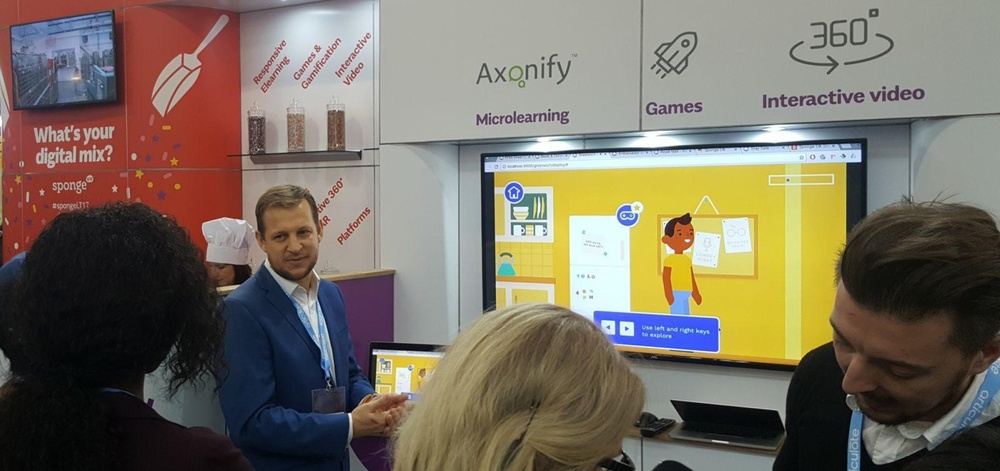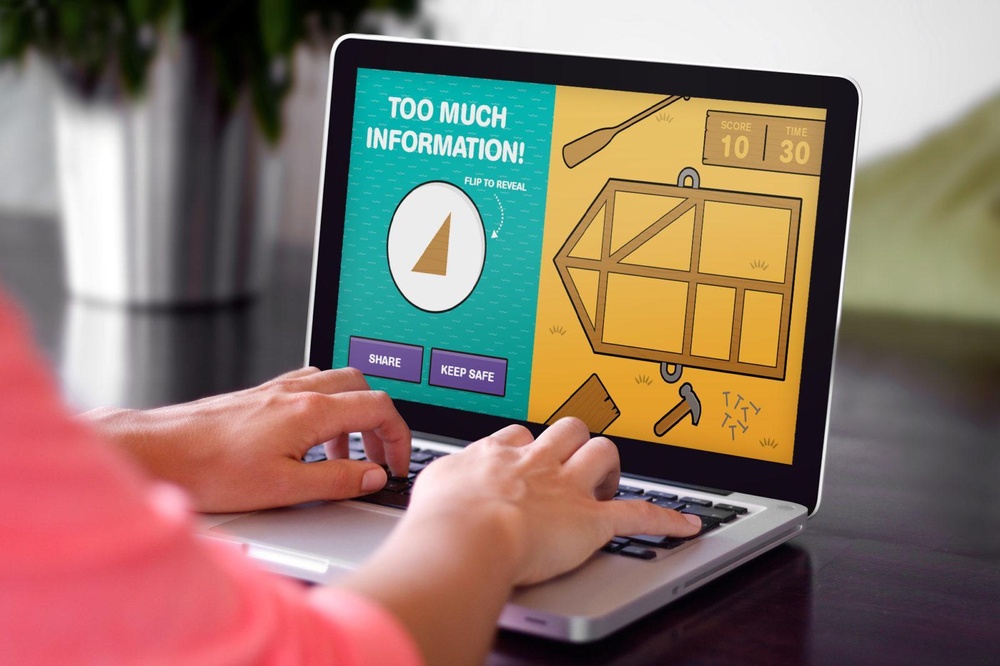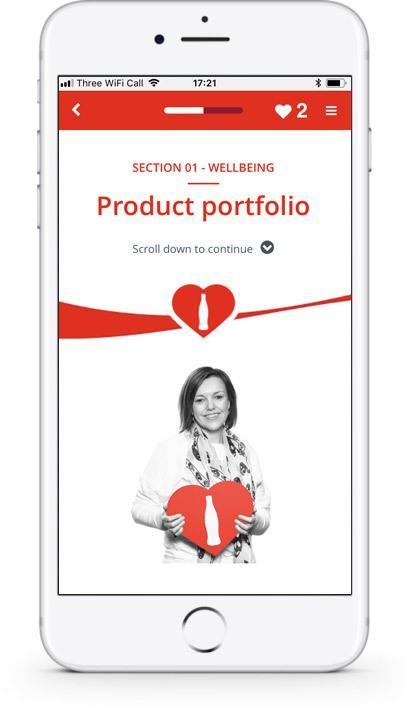5 ways to use game thinking in learning for better results

Using game thinking in workplace learning can generate a real impact in employee performance, business goals and ultimately the bottom line.
Some of the best-known global brands across all sectors have transformed results in key areas such as sales, customer engagement, effective and fast onboarding, employee knowledge, health & safety, behaviour change and embedding brand values, by incorporating various elements of game thinking into their learning programmes.
What’s game thinking?
Game thinking is a broad but useful term of reference. It describes a spectrum of learning solutions that borrow elements from games and game design in varying degrees depending on the audience and what they are trying to achieve.
Gamification expert, Andrzej Marczewski has coined a useful definition of game thinking as: “The use of games and game-like approaches to solve problems and create better experiences.” He sees it as an umbrella term covering games, gamification and game-like experiences.
As with everything, there are provisos. Game thinking in learning must be well designed and based on targeted business objectives. It also works best as part of a wider learning programme. Get it right, and magic can happen.

AXA
Sector: Insurance services.
Objective: Embedding a new customer service culture.
Type: Learning game.
How: Customer advisors at a busy call centre tested their knowledge and practiced new skills by playing Indemnity Lane, a bespoke digital game created as part of a blended learning programme. Game avatars of real life employees feature in the game.
Results: 113% increase in positive customer comments and a 24% reduction in formal complaints.

Coca-Cola European Partners
Sector: Beverage manufacturing.
Objective: Instilling consistent brand knowledge among 3,600 Brand Ambassadors in 10 European countries.
Type: Gamification.
How: Quiz-based techniques were used to bring the facts to life, with a leader board creating friendly competition between nations. Correct answers won hearts that were donated to charity.
Results: 3,600 ambassadors upskilled, ensuring consistent brand messaging across the territories.


GSK
Sector: Pharmaceuticals.
Objective: To teach new recruits about the business structure.
Type: Simulation game.
How: An immersive simulation called VaxSim – a bespoke multi-player game – was created in which teams around the world played out a financial year. In the highly interactive, competitive, multi-media game, they had to make key decisions and stay on course financially.
Results: 90% said the wider knowledge would benefit them in their job.
Southern Health NHS Foundation Trust
Sector: Public services.
Objective: Having a world-class compliance culture and freeing up more time for staff to spend with patients.
Type: Gamification.
How: 7,500 staff at 230 sites at a health trust in England received mandatory compliance training including safeguarding, through modules with gamification. It meant staff did not spend days or weeks in classroom learning.
Results: 12,000 hours released back into patient care, millions of pounds saved.

Specsavers
Sector: Retail.
Objective: To teach new hires in 10 countries about the family firm’s values and CSR.
How: As part of a Global Online Induction, digital coins are earned which are converted into real money to be donated at one of Specsavers’ selected charities in each country.
Results: £170,000 in training savings globally, 71% did the training before starting work; engaged new workers.
These great examples show the variety of ways game thinking is being used across organisations and how businesses are achieving measurable results using game thinking as part of their approach to workplace learning.